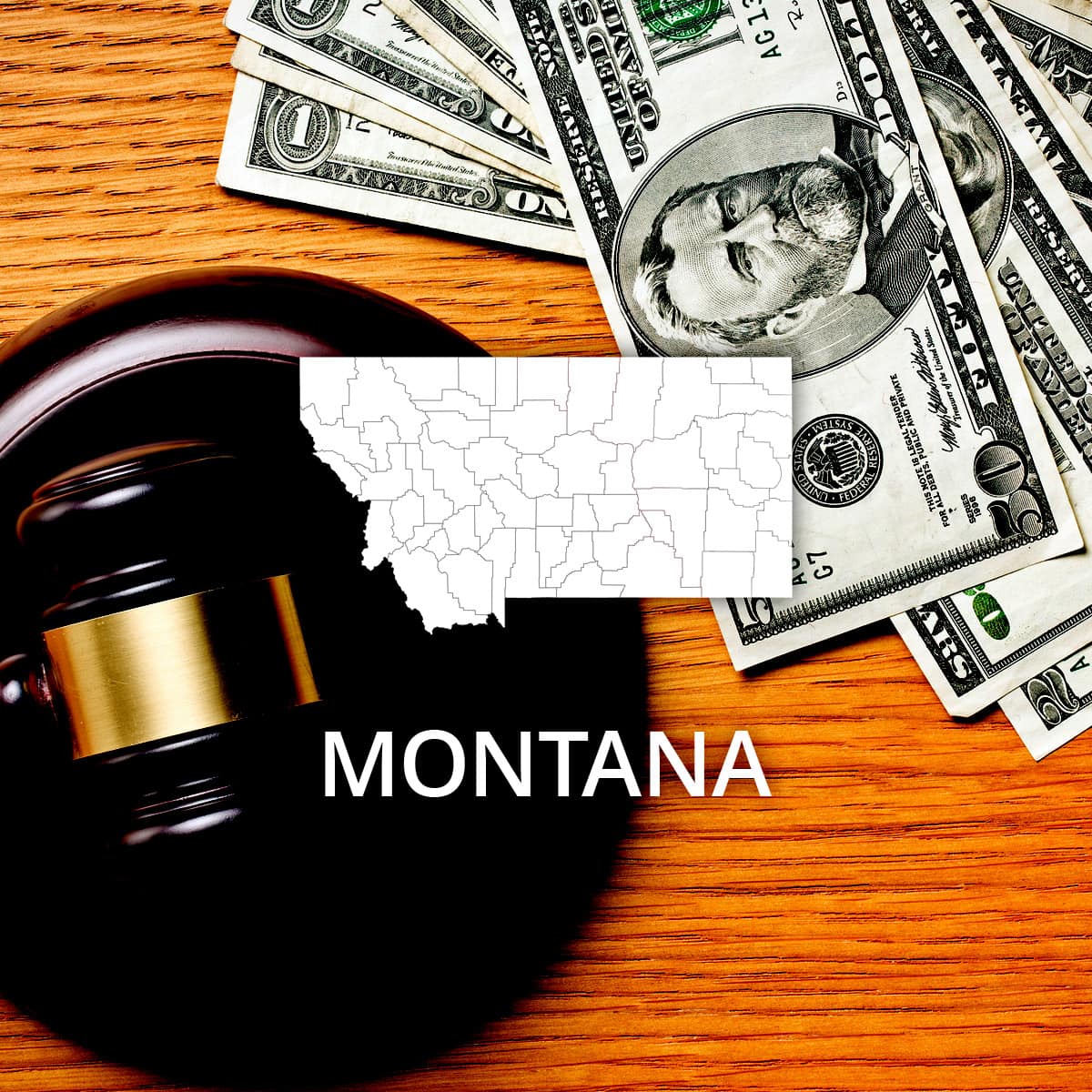 Multiple Bankruptcies: How Often You Can File One?
Multiple Bankruptcies: How Often You Can File One?
Table of Contents
 How to File Bankruptcy in Montana
How to File Bankruptcy in Montana
 According to the 2005 Bankruptcy Act, all District Courts must adhere to federal standards for Bankruptcy. There are 4 cities located throughout Montana where bankruptcy cases are heard. The most commonly filed types of bankruptcy are Chapter 7, Chapter 11, Chapter 12 and Chapter 13.
According to the 2005 Bankruptcy Act, all District Courts must adhere to federal standards for Bankruptcy. There are 4 cities located throughout Montana where bankruptcy cases are heard. The most commonly filed types of bankruptcy are Chapter 7, Chapter 11, Chapter 12 and Chapter 13.
 Montana Bankruptcy Types: Chapter 13, Chapter 7 & Chapter 11
Montana Bankruptcy Types: Chapter 13, Chapter 7 & Chapter 11
Filers who are petitioning to eliminate as much debt as possible typically choose Chapter 7. In many cases, the unsecured debts accrued from credit cards or medical bills can be removed from the petitioner's financial obligation. Non-dischargeable debts however, like child support and back taxes remain the debtor's responsibility. Chapter 7 can be a good option for those with a high debt to income ratio and fewer assets to be liquidated by the court.
For those who wish to hold onto their assets, but still require bankruptcy relief, Chapter 13 is a good alternative. Instead of eliminating debt, Chapter 13 restructures the debt so it may be repaid, typically over a period of 3 to 5 years. Often, a petitioner can make payments and still keep their house or car.
Business who file for bankruptcy frequently turn to Chapter 11 or Chapter 12 to repay their debts over a period of 3 to 5 years. Chapter 11 is the standard bankruptcy code and businesses who file will be allowed to keep their doors open during the repayment period. Specific to family farmers and fishermen, Chapter 12 aims to allow these businesses to repay debt and continue operation.
Official bankruptcy forms for the U.S. Bankruptcy Courts are available at https://www.uscourts.gov/forms/bankruptcy-forms or RecordsFinder.com Court Forms Section.
 What are the Steps in Filing for Bankruptcy in Montana?
What are the Steps in Filing for Bankruptcy in Montana?
Credit counseling is required of all petitioners of bankruptcy, and must take place within 6 months of filing. Many people receive the counseling and find a way to navigate through debt without depending on bankruptcy. Others choose bankruptcy as their best option and have several steps to follow after counseling.
- The first step is to determine for which type of bankruptcy a petitioner is eligible. This is done by way of a Means Test. A Means Test compares the debtor's income over 6 months with the income of all other workers in Montana. If the petitioner's income is found below the median, he or she is eligible for Chapter 7 or Chapter 13. Higher income individuals may only file for Chapter 13.
- Paperwork is then gathered to submit to the court for evaluation. This may include, but is not limited to: tax returns from the last 2 years, records of recent major financial transactions, monthly living expenses, a list of all debts, an inventory of all possessions, loan information, property deeds, and vehicle titles. For those filing Chapter 13, a written summary of debt repayment is due as well.
- The paperwork is then combined with the necessary forms for filing bankruptcy; all together this is referred to by the court as "the schedule." Some petitioners find it useful to hire legal counsel to help them with their schedule; others file for bankruptcy on their own. There is a $306 fee for Chapter 7 bankruptcy, which can be waived in some cases. Chapter 13's fees cannot be waived and are $281. Of course, any attorney fees are the responsibility of the petitioner.
- Once the court receives the documents, an automatic stay is issued. This prevents creditors from contacting the debtor directly and stops foreclosure proceedings. A court appointed trustee reviews the case and uses non-exempt assets to settle some of the petitioner's outstanding debt. It is also the trustee's responsibility to arrange a 341 meeting for the debtor and creditors to negotiate terms of repayment. If not agreement can be made, a judge will intervene.
- There is one final step for the bankruptcy to be complete. The petitioner must take a court approved course on financial management. And Chapter 13 filers must continue making payments according to the 3 to 5 year repayment summary approved by the court.
 Montana Bankruptcy Court Details
Montana Bankruptcy Court Details
Montana has 4 cities throughout the state which house a Montana District Bankruptcy Court. They are in the following locations: Billings, Butte, Great Falls, and Missoula. A petitioner may go to any court of the state to file or have bankruptcy hearings because each have jurisdiction over all counties.




